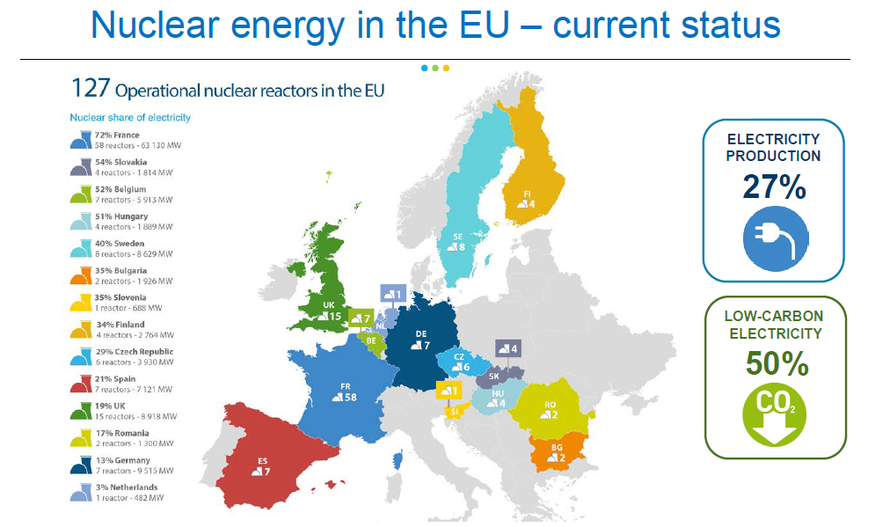Authored by Henry Edwardes-Evans via Platts’ “The Barrel” blog,
Years late and massively over-budget, Europe’s first EPR nuclear plants in Finland and France are on the verge of “energizing”, as the sector jargon goes…
Barring last-minute glitches, this will be the final act in what must be the longest-running construction saga in the region.
Finland’s 1993 vote to reject plans for a fifth reactor was one of the first stories I covered as a trainee.
Readers of Power in Europe were already bored witless by all the back-and-forth on the topic when, in 2002, the government changed its mind and the project was waved through.
It was another six years before construction of the new-generation, pressurized water reactor began.
Now, ten years late and two-and-a-half times over budget, TVO’s Olkiluoto-3 EPR is set to spark up in 2019 ahead of full operation in 2020.
Meanwhile a mere eight years late and, at Eur10.5 billion, three times over budget, EDF’s Flamanville 3 EPR in Normandy, northern France is also due to deliver first power in summer 2019.
Even when complete, there is a cloud hanging over this project due to “anomalies” found in its reactor pressure vessel head, potentially requiring replacement within a few short years. Not a great start to a 60-year operational life.
For Finland, commissioning of O-3 will go a long way to erasing the country’s multi-year electricity supply deficit, freeing up Norwegian and Swedish hydro resource. For France, operational scrutiny will be intense as EDF seeks to prove the design and build a case for further units.
However late, these baseload behemoths are going to be welcome additions to Europe’s volatile power markets.
For the year just passed, over 15 GW of conventional thermal plant closed across Europe, offset by just 3 GW of gas plant adds. Meanwhile 24 GW of wind and solar were installed.
Hefty net closures in recent years mean that Italy, Finland, Hungary and Lithuania go into 2019 reliant on imports.
Under harsh winter conditions Austria, Belgium, Slovakia and Slovenia are equally dependent.
This is ahead of a slew of more determined energy transition actions by European governments, phasing out big chunks of coal and nuclear plant in the early to mid-2020s.
Platts Analytics sees 65 GW of net coal and nuclear closures over next seven years, nearly double the level of closures seen over the last seven years.
The coal closures are front-loaded in the period, with heavy losses across Germany, the UK and Spain before end-2020, ahead of total phase-outs in France (2022), the UK (2025) and the Netherlands (2030).
Nuclear reductions start to hit home with 10 GW of German capacity closed by 2022, followed by removal of 6 GW of Belgian capacity by 2025, and the loss of 4.3 GW in the UK between 2024-2026.
So it’s better late than never for these EPRs. EDF will be keeping everything crossed, meanwhile, that Hinkley Point C offers less drama as it sets out on its own construction journey. Let’s hope some cub reporter is not still writing about it in 2029 . . .
via RSS http://bit.ly/2sAQ3xB Tyler Durden
